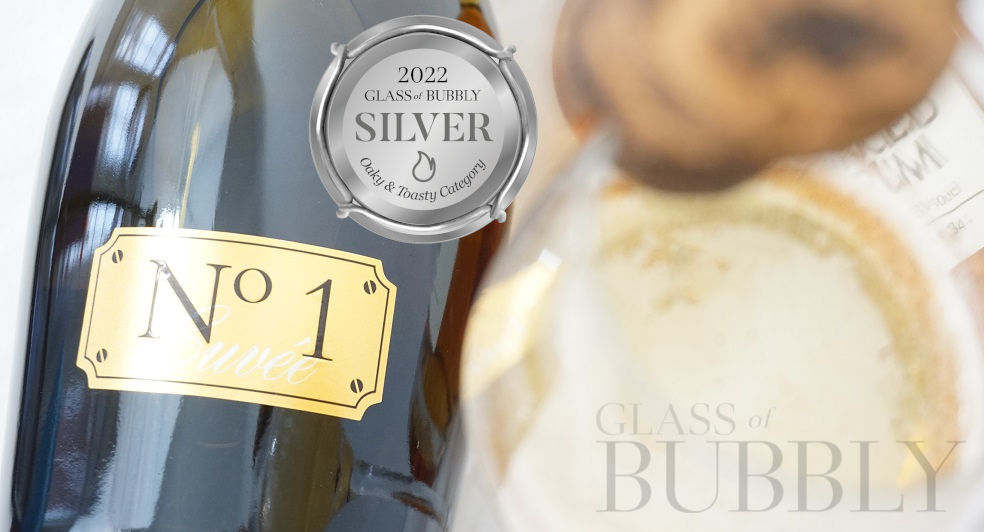The making of sparkling wine at N° 1 Family Estate
18th April 2014

At the N° 1 Family Estate, the traditional method of Champagne production is followed, starting with the hand harvesting of the grapes in March at 19 brix. They are then whole bunch pressed in our especially imported Champagne Vaselin press with an extraction rate of 650 litres per tonne.
The juice is settled for 15 hours before racking off. Inoculated with yeast imported from the Institut d’oenologique in Epernay (incidentally our winemaker was the first to import Champagne yeast into the Southern Hemisphere). The first fermentation is then underway at a controlled temperature of 17°. The fermented wine is then racked off at total dryness. Depending on seasonal conditions a partial malo lactic fermentation is undertaken when added softness and roundness are required.
Thereafter cold stabilisation takes place to soften the acids a little more.
At springtime the art of the Champagne-maker is brought into play… BLENDING! This is the true craft of a master champagne maker. N° 1 is usually 80% of the current vintage blended with 20% of the previous vintage; of course, this creates consistency in non-vintage methodes. When the blending is satisfactorily completed the assemblage, or “prise de mousse” takes place. The wine is bottled with the addition of yeast and sugar at 2gm of sugar per litre of wine.
The wine is then stacked row upon row in our temperature controlled cellar to undergo the “second fermentation”, and, as the sugar is consumed by the yeast the “bubble is born!” The cool dark conditions must be consistent to achieve a fine bead or bubble.
For 2 years the wine rests on its lees in the cool dark conditions, where the sediment formed by the second fermentation comes to rest on the side of the bottle. This is removed by remuage, or riddling as we say, in especially imported gyro pallets, once again, Daniel Le Brun, our winemaker was the first to import these technological wonders from his homeland, Champagne.
When riddling is complete the sediment is resting against the cap of the inverted bottle. The neck of the bottle is then frozen (using yet another specialised machine introduced to NZ by our winemaker) and degorgement, or disgorging, frees the sediment, the wine is topped up with wine of the same lot. A touch of sweetness to the bone dry wine is added with liqueur d’expedition, the bottle is capped, labeled and there you are!
![]()
Glass of Bubbly
Executive editor of news content for the website Please enjoy the articles that we share - We hope you find our love for Champagne & Sparkling Wines both interesting and educational.
